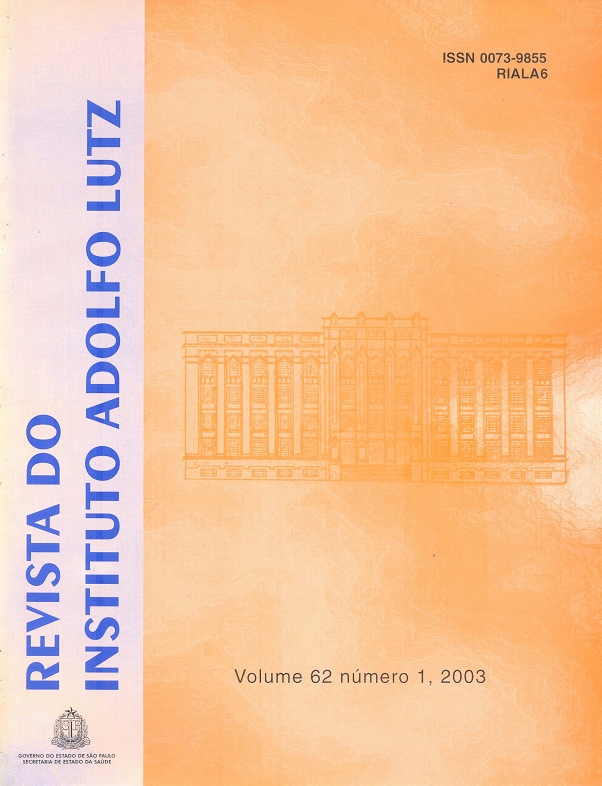Resumo
Considering the characterization of monofloral honeys as a
worldwide tendency, this study presents the development and
optimization of methodologies for carbohydrate analysis by
HPLC, the kind of standardization for lamina preparations for
pollen analysis and the determination of moisture content in
order to characterize eucalyptus and citrus monofloral honey
samples from some regions in São Paulo State. The modified
method of Iwama and Melhem (1979) was employed for pollen
analysis pollen cleaning. For lamina preparation it a comparison
study was made between the Iwana and Melhem (1979) method
and the proposed method (Louveaux modified) through two
proportion tests. A comparison for moisture content was made
between two official methods (AOAC and EHC) through a
factorial desing and a study of variability through hierarchical
desings. For the carbohydrate content analysis an optimization
of analysis conditions for HPLC was made using mixture desing
and a linear regression analysis for calibration curves, a t-test
for a recovery study and a variance analysis (ANOVA) to
compare the carbohydrate contents of both floral origins. In
pollen analysis one can observe that the proposed Louveaux
modified method was the most adequate since it showed a bigger
distribution of less frequently occcoring families. With the pollen
spectrum (dominant pollen) from honey samples, the monoflorals
of eucalyptus and citrus, can be classified. And by complete
pollen spectrum analysis one can observe that citrus monofloral
honeys contain more diversified families relative to eucalyptus
monofloral honeys, suggesting these honeys have a bigger
variation of nectars and pollen grains in their formation. This
fact can be related to regions of plantation. The factorial desing
22 in moisture content suggests that the crystallized samples
interfere in refractive index measurements. The (EHC) sample
pre-treatment led to lower moisture contents of crystallized
samples. When this pre-treatment was used for liquid samples
no significant differences were observed concerning moisture
content. Therefore it can be suggested that the EHC
refractrometric method is more appropriate to use for liquid and
crystallized samples. The study of moisture content variability
through hierarchical desing and variance analysis indicates
significant differences among floral sources and moisture
content of honey samples. The use of a aminopropil column of
smaller size (15,0 cm x 4,5 cm) and a temperature of 32 o C in the
column and 35,5 oC for the refractive index detector and a flow
rate of 1.2 ml/min were the best experimental conditions chosen
to determine the carbohydrates in honey by HPLC. For the
mobile phase the mixture desing indicated that the best
combination was 50: 10: 40( acetonitrile, water, ethyl acetate).
The calibration curves of the carbohydrates (glucose, fructose,
sucrose, turanose, maltose) were linear, with high R2 and had
acceptable accuracy for carbohydrate quantification. Both the
detection capacity and quantification capacities were determined
the former being (0.2 – 0.4%) and the latter (0.7 – 1.3 %) for
sucrose, turanose and maltose. The mean recovery study of
carbohydrates suggested that the calibration curves are reliable
to determine carbohydrate contents. The evaluation among the
mean concentrations of individual carbohydrates by ANOVA
and t-test at the 95% confidence level of eucalyptus and citrus
monofloral honeys suggested that there are significant
differences in glucose, sucrose and turanose concentration in
these honey samples. In this way eucalyptus and citrus
monofloral honeys can be classified by the pollen spectrum.
Therefore, it was concluded that the eucalyptus and citrus
monofloral honeys can be classified by moisture content
determination and/or carbohydrate (glucose, sucrose and
turanose) determination.

Este trabalho está licenciado sob uma licença Creative Commons Attribution 4.0 International License.
Copyright (c) 2003 Cano, C.B
